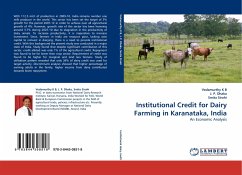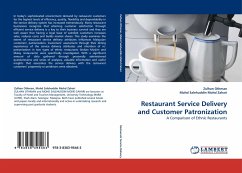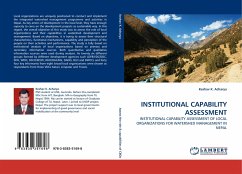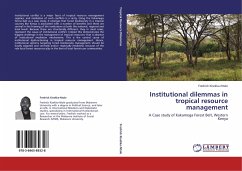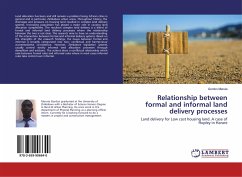Uttar Pradesh is known to have a very poor level of maternal health as compared to the other states in India. The state stands at a fairly low level of institutional delivery and has very high maternal mortality, as compared to the national average. The rate of utilization of the institutions for delivery care varies across the regions of the state as well as across the sections of the population. The decision to deliver in a supervised or institutional setting is influenced by a vector of factors including the availability of the requisite health institutions and accessibility and the socio-economic conditions of the women. The possible causes of low level of institutional deliveries in Uttar Pradesh may be either the supply side (health services, public or private) or the demand side (individual and household socioeconomic factors). The studies done till now have covered primarily the demand side constraints but the reach of the state s program has received less attention. Thisbook tries to look at the problem of low utilization of maternal health care services through a broader framework including both the demand and the supply side variables.
Bitte wählen Sie Ihr Anliegen aus.
Rechnungen
Retourenschein anfordern
Bestellstatus
Storno


